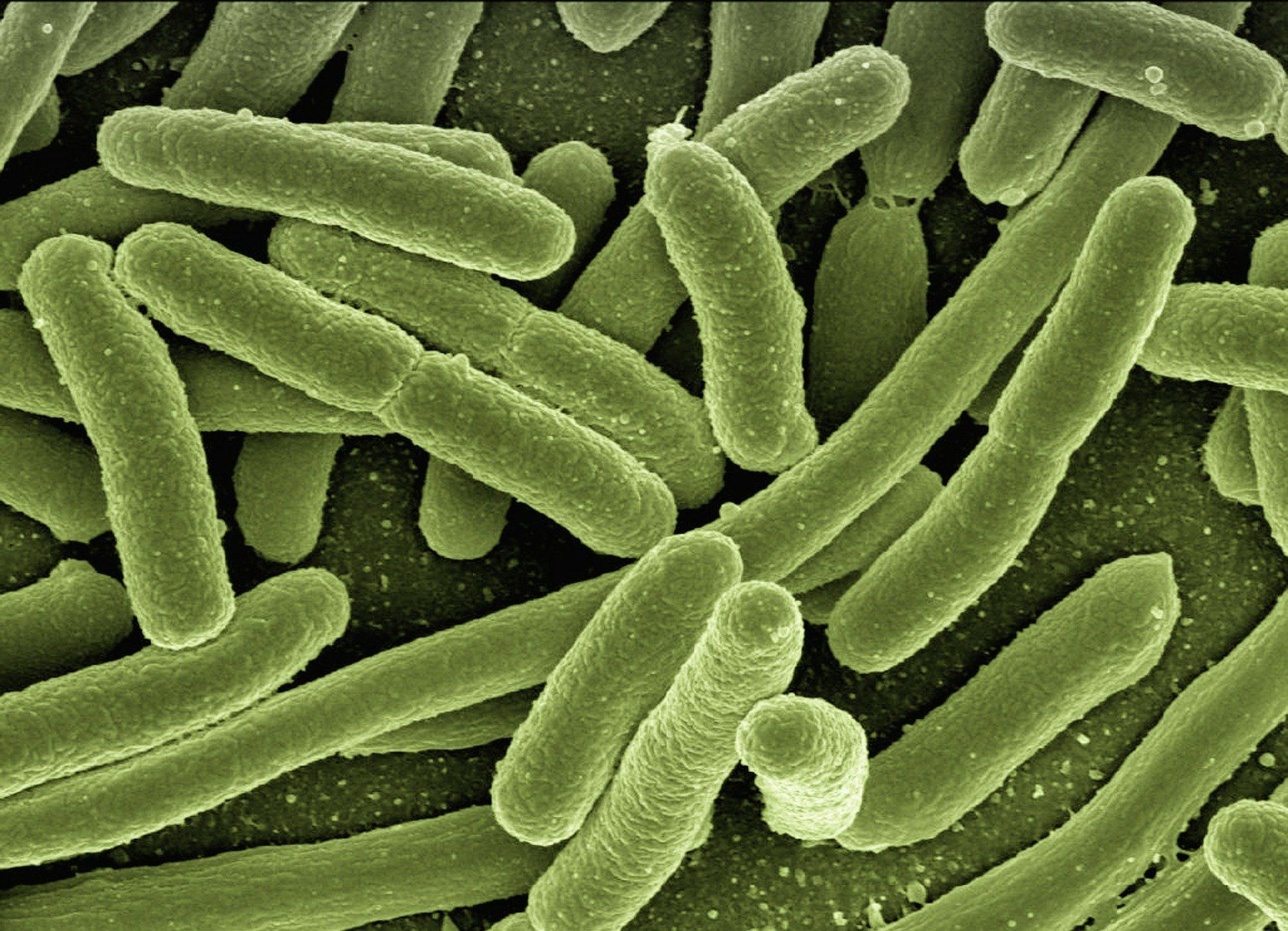Surgical site infections (SSIs) can be devastating complications for orthopaedic patients. A new study published in Nature advances our understanding of drug-resistant pathogens that can cause SSIs. More specifically: how Gram-negative bacteria complete the formation of the outer membrane that protects them from the immune system and antibiotics.
“The new findings could accelerate the development of novel drugs to counteract these potentially deadly bacteria,” Columbia University Irving Medical Center reported in a post about the study.
As explained in the post by Filippo Mancia, PhD, a co-leader of the study and a professor of physiology and cellular biophysics at Columbia University Vagelos College of Physicians and Surgeons, “Previously, we knew that Gram-negative bacteria construct their outer membrane with two main, non-protein components—lipids and sugars—which together form an impermeable barrier. The missing link was how this lipopolysaccharide component comes together.”
The investigators used single-particle cryo-electron microscopy to determine the structures of the enzyme that links the lipids and sugars in 2 functional configurations. Using genetic, biochemical, and molecular dynamics experiments, they then learned how the enzyme positions the lipids and sugars in order to build the protective membrane.
The findings set the stage for further research into drugs that could disrupt the protective barrier of Gram-negative bacteria.



